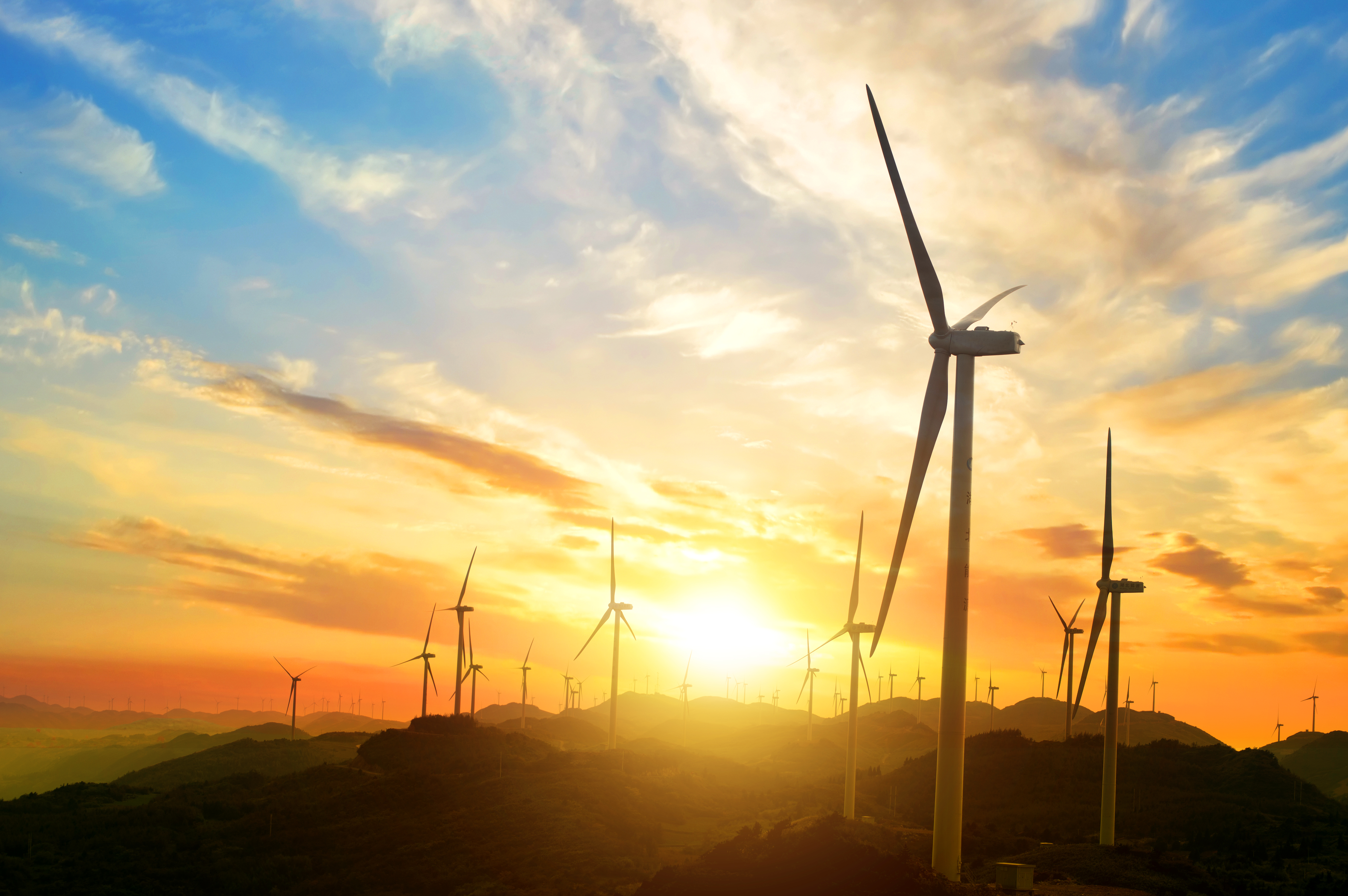Why Investors Should Look at Vietnam’s Renewable Energy Industry

Vietnam’s status as a regional hub and stronghold for renewable energy is rapidly growing.
At the 2021 United Nations Climate Change Conference, members of the Vietnamese government headed by Prime Minister Pham Minh Chinh promised carbon neutrality by the year 2050. For Vietnam, a still-developing country, to realize this goal, it would have to phase out coal plants and modernize its national grid.
Currently, Vietnam is expecting a recovery of 6.5% in GDP growth in 2022, according to the Asian Development Bank. Consequently, power consumption has increased more than 11% per year, significantly faster than the national GDP. This is feeding an almost insatiable demand for more power generation and investment.
However, domestic fossil fuel production cannot keep up with demand, requiring Vietnam to rely on foreign markets to acquire enough resources to power its infrastructure. Therefore, Vietnam’s reliance on imported energy to run its electric system and climate change are catalysts for the government to pivot towards renewable energy.
Vietnam’s potential as a powerhouse for renewable energy
Vietnam realizes that the need for a green energy transition has never been more urgent. As one of Southeast Asia’s fastest-growing economies, the country has proved its commitment to the initiative, particularly when it comes to solar power.
According to the World Bank, Vietnam currently has the most comprehensive installed solar power capacity in Southeast Asia, with 16,500MW generated in 2020. Moreover, Vietnam was among the top 10 nations globally, with the most solar energy capacity installed in 2020.
Given Vietnam’s high solar PV potential and ambitious green energy targets by 2050, the country has every opportunity to become a global leader in renewables. There is also a compelling rationale for establishing wind energy projects in Vietnam due to evidence that it has some of the greatest wind resources in the region with a potential of 311 GW.
Market analysts believe that if Vietnam maintains its rapid expansion of renewable energy, it will rise much higher in the rankings, perhaps overtaking nations like Australia and Italy in renewable energy development and creative solutions.
Major areas in Vietnam’s renewable energy sector
Wind energy
The climate and topography of Vietnam make renewable energy, particularly wind power, a significant investment prospect. Vietnam’s vast wind resource is thanks to the country’s long and narrow geographic shape consisting of over 3000 kilometers of coastline, including a mix of hills and mountains.
According to the World Bank, more than 39% of Vietnam has wind speeds more than 6 meters per second (m/s) at 65 meters, equivalent to 512 gigawatts (GW) of capacity. Vietnam assumes excellent potential, with 8.6% of its land area suitable for large wind farms.
Setting aside the cost of constructing the necessary transmission infrastructure, Vietnam will need to invest billions to reach this target. Private sector cooperation is imperative given the limitations of government resources and the economic challenges involved. This demand has set the stage for international investors to enter and establish a presence in Vietnam’s mostly untapped wind energy sector.
Solar energy
Vietnam has recently seen phenomenal solar photovoltaic (PV) growth, which is just the beginning of the country’s vast energy transition away from coal. The country’s solar PV capacity increased from 86 MW in 2018 to about 16,500 megawatts (MW) in 2020.
Consequently, Vietnam has surpassed Thailand as the ASEAN country with the greatest installed solar power capacity. Solar PV systems provide roughly 10.6 TWh of electricity in 2020, accounting for nearly 4% of total output.
Rooftop solar will account for approximately half of Vietnam’s total solar capacity by 2030. With a promising solar energy production environment, international investors will have difficulty passing up such lucrative investment prospects.
The drivers of Vietnam’s renewable energy growth
According to the International Energy Agency, Vietnam is Southeast Asia’s second-largest electricity user. Energy consumption in the region is among the world’s fastest-growing, with demand rising at a steady 6% per year over the past 20 years. According to Techwire Asia, 80% of all energy demand in the region stems from four principal countries, Indonesia, Vietnam, Thailand and Malaysia.
The Vietnamese government’s commitment to increasing energy supply and significant public demand for better air quality has been a major driving force. Supporting governmental legislation and policies, including feed-in-tariffs (FiT), attractive tax incentives and land lease waivers are also regarded as fundamental elements fueling the country’s massive renewable energy (RE) growth.
Public desire for environmental preservation is the second most significant factor. Furthermore, severe air pollution in metropolitan areas has sparked public opposition to new coal power plants, and local water and other resource issues have also been a cause of worry.
In summation, better system design focusing on system flexibility and power storage paired with more private sector engagement in the construction of transmission systems will help solar and wind power integrate into the energy grid more efficiently.
Source : entrepreneur.com



